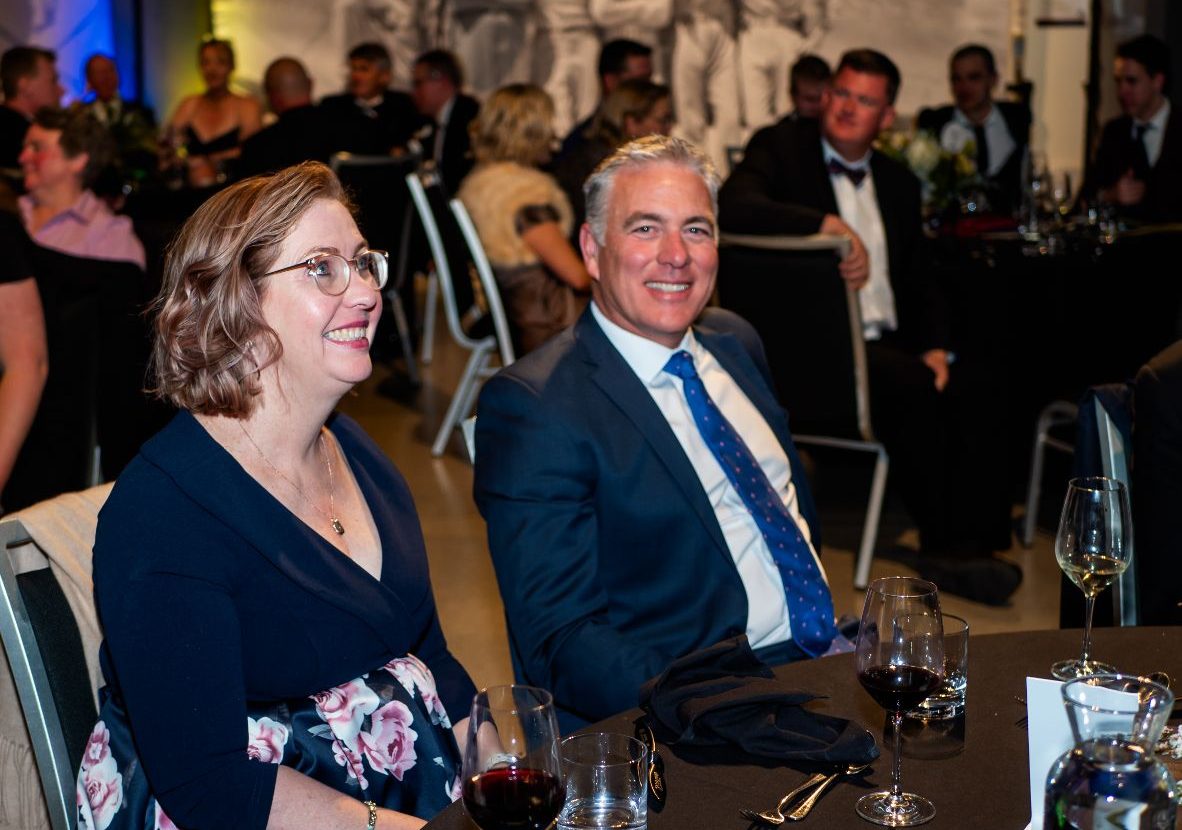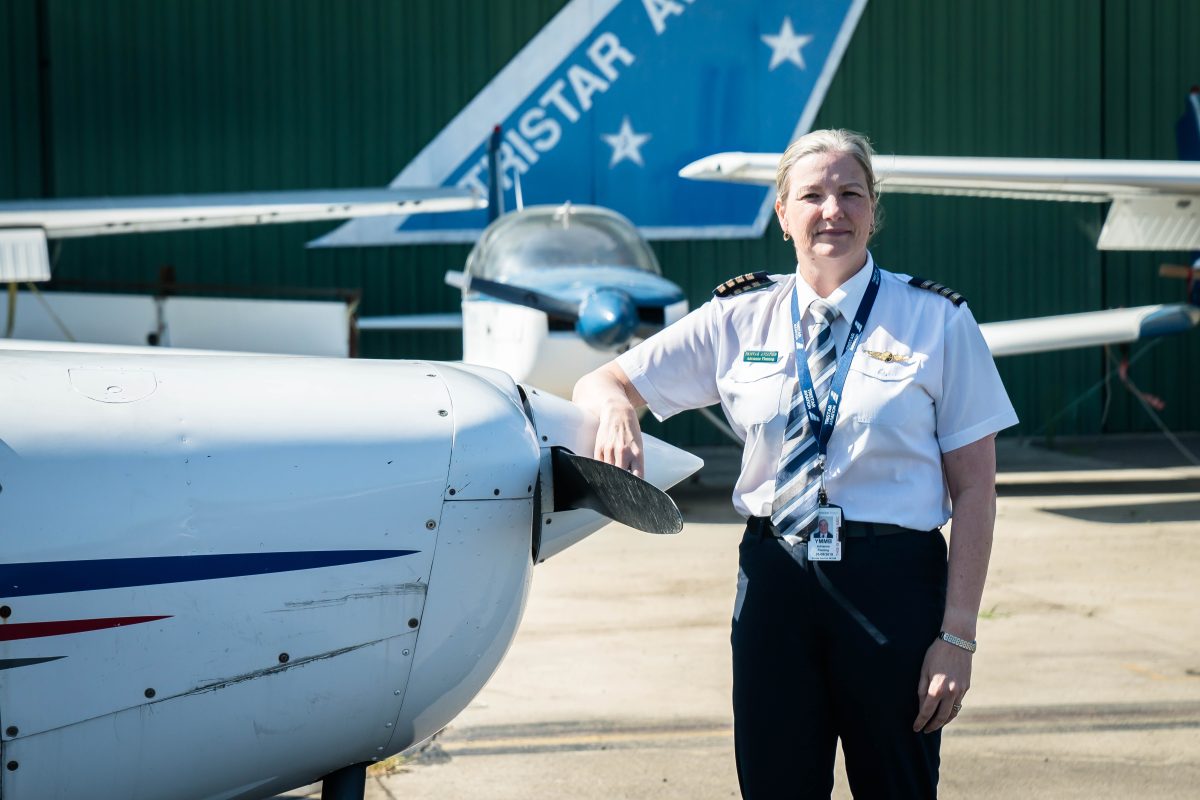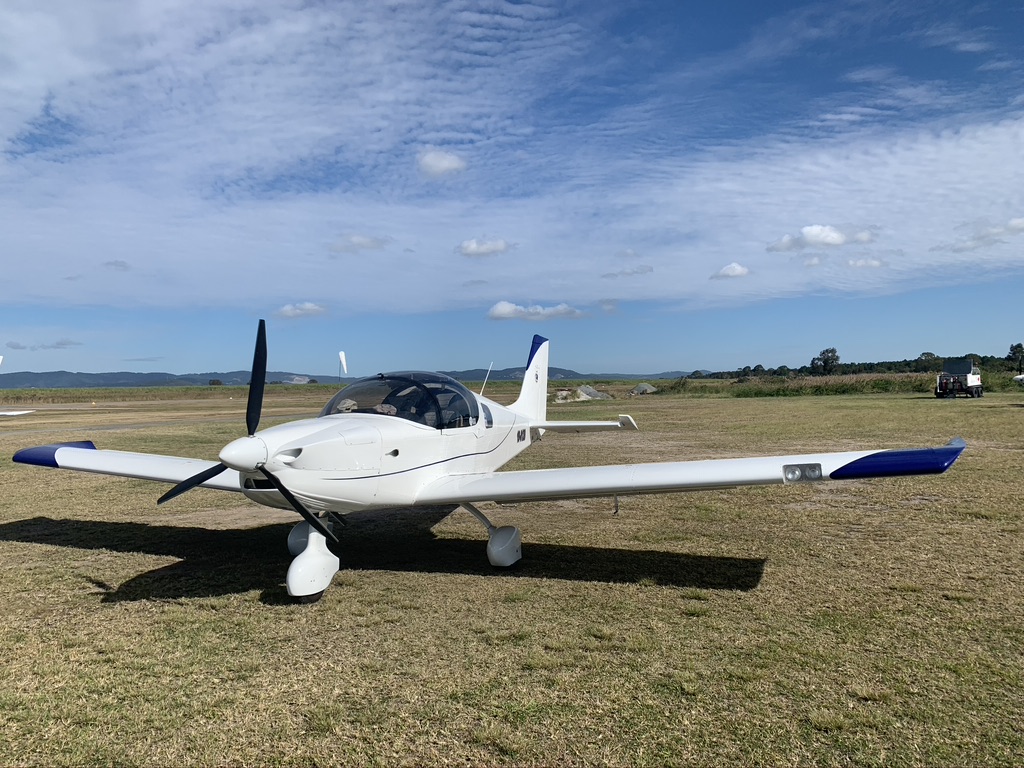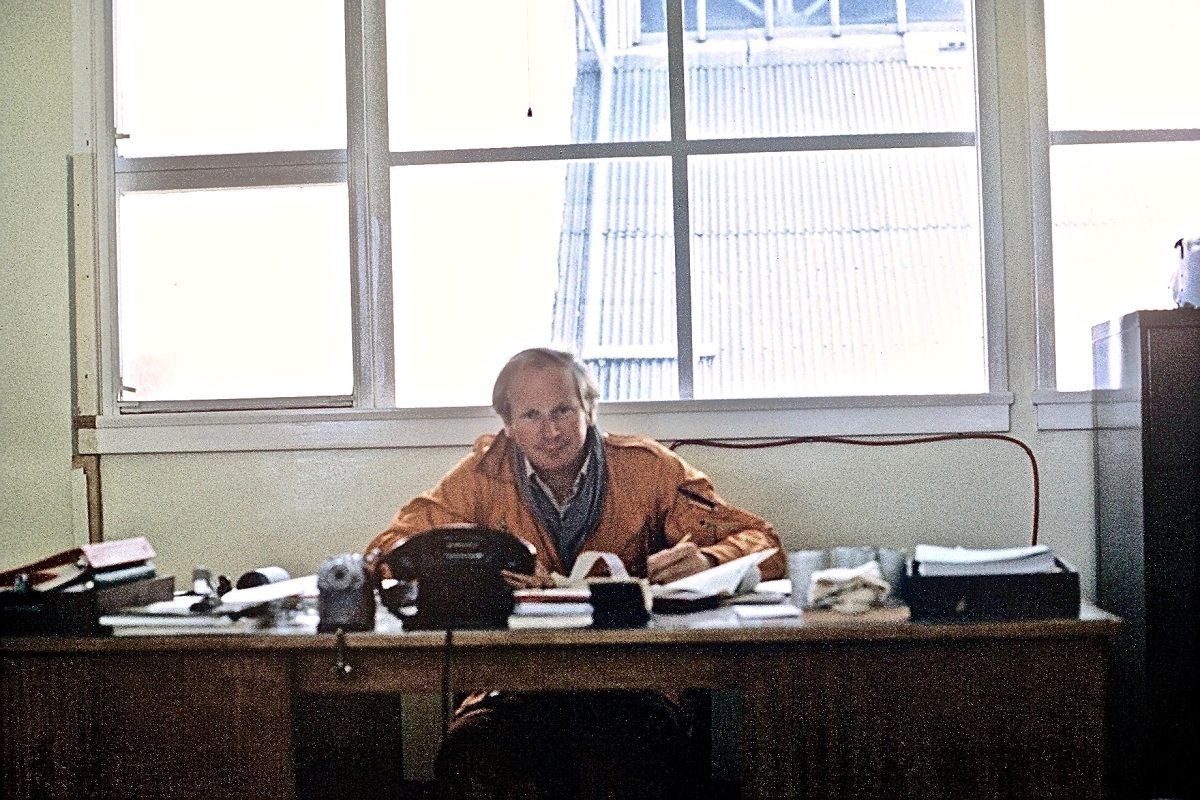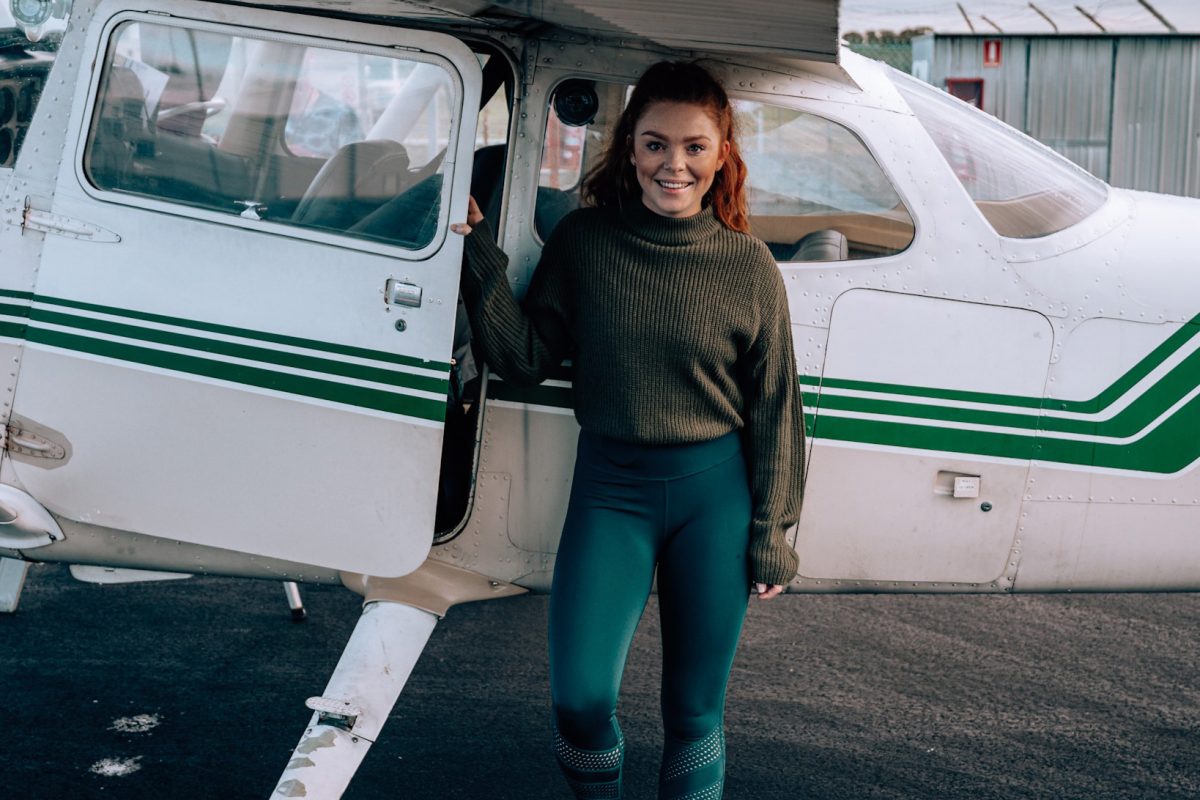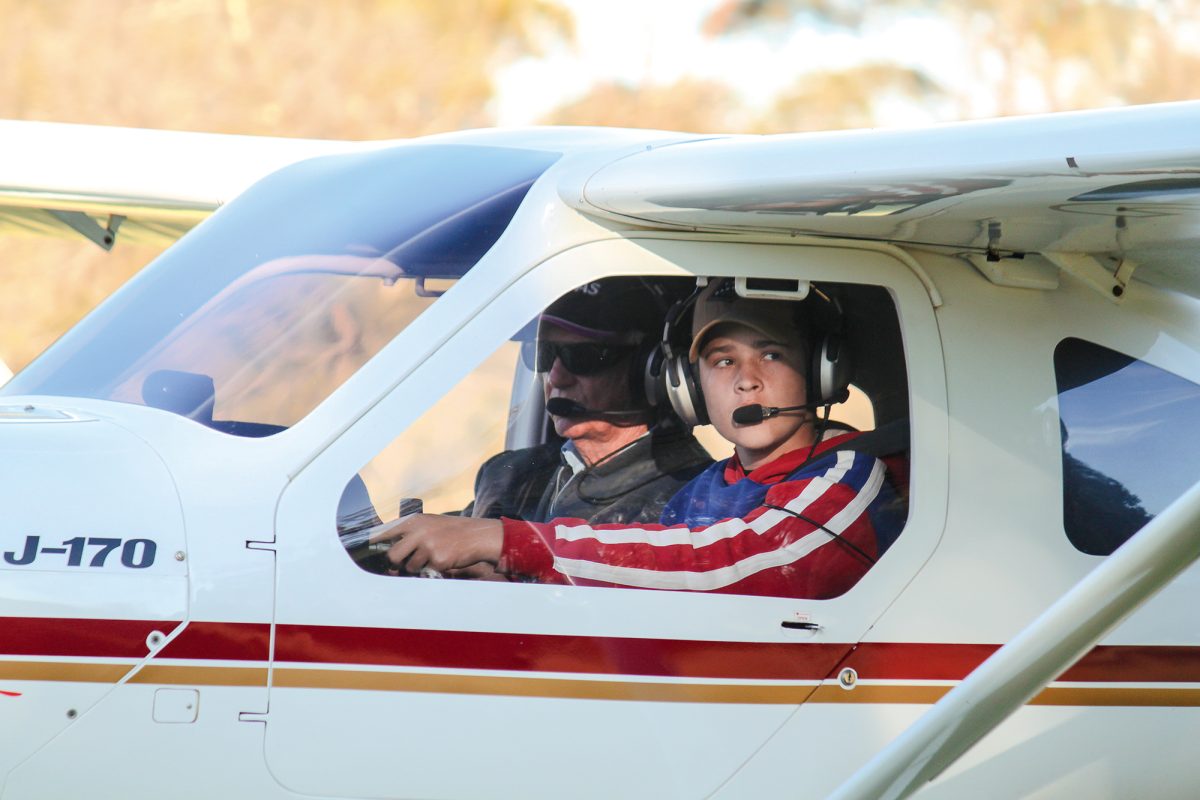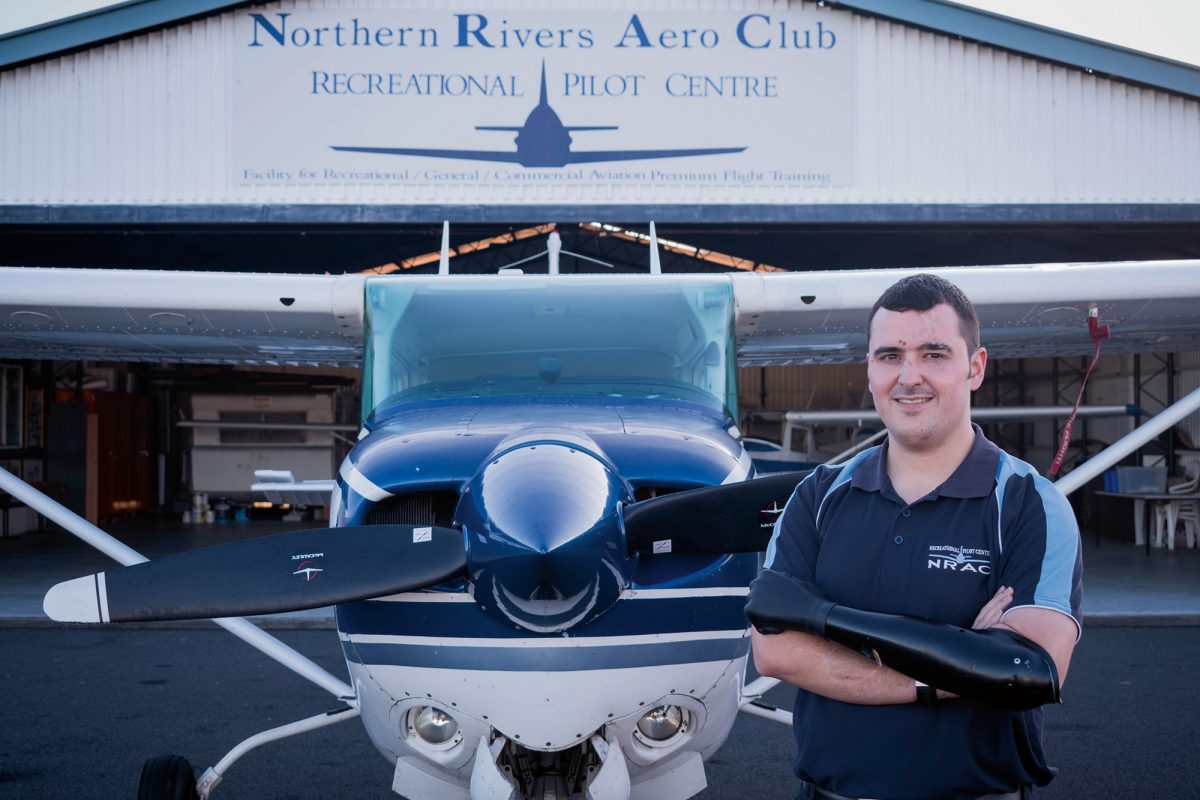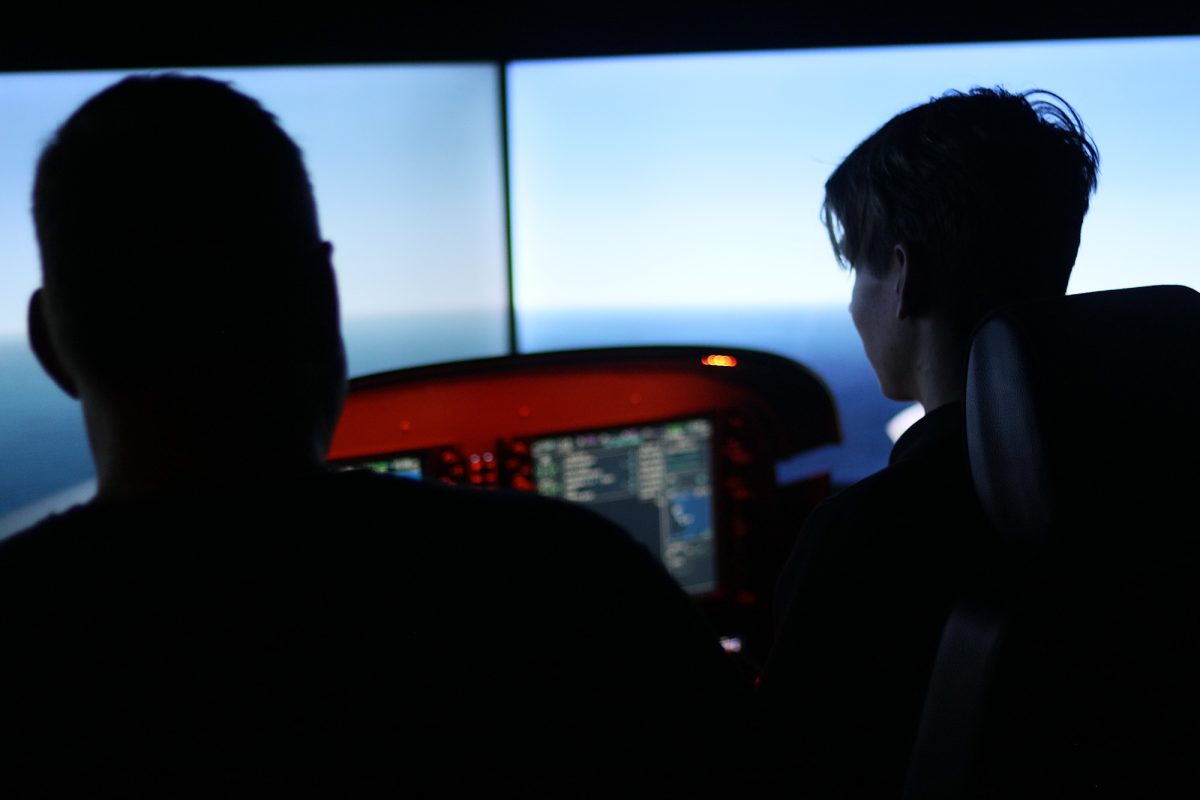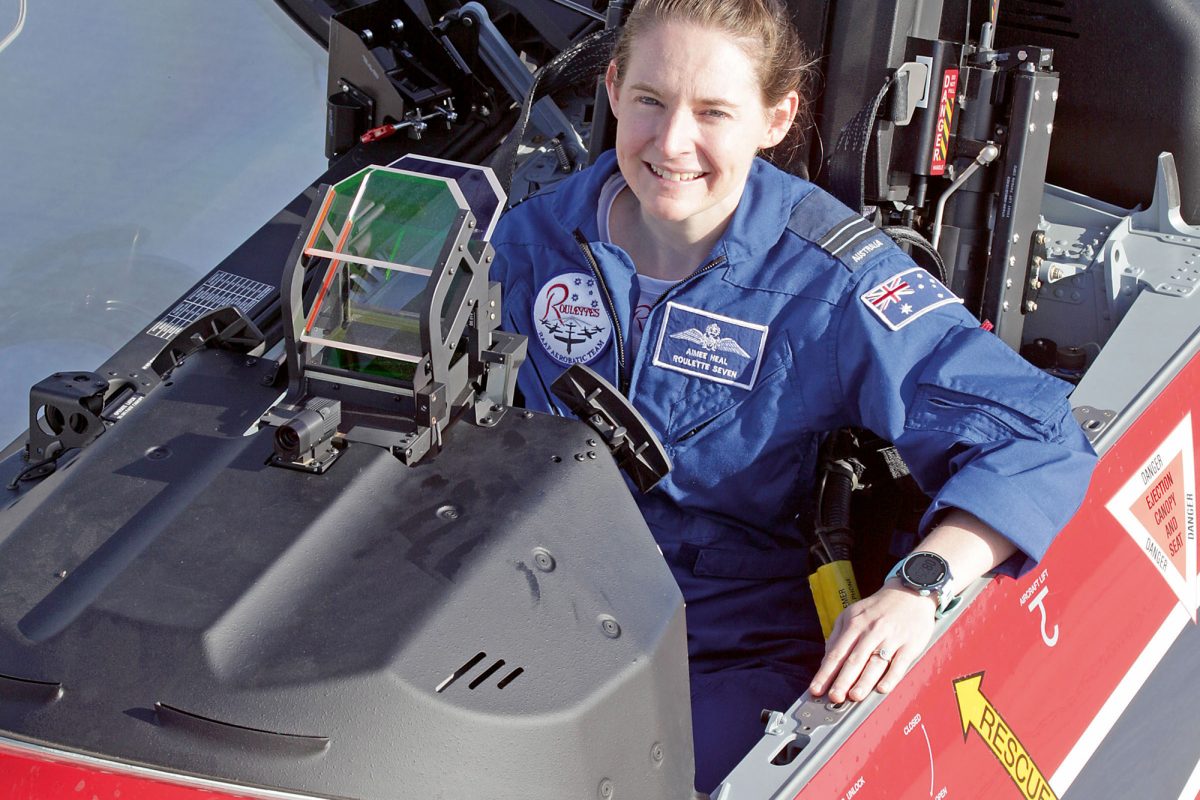AN INTERVIEW WITH PIP SPENCE, CEO OF CASA
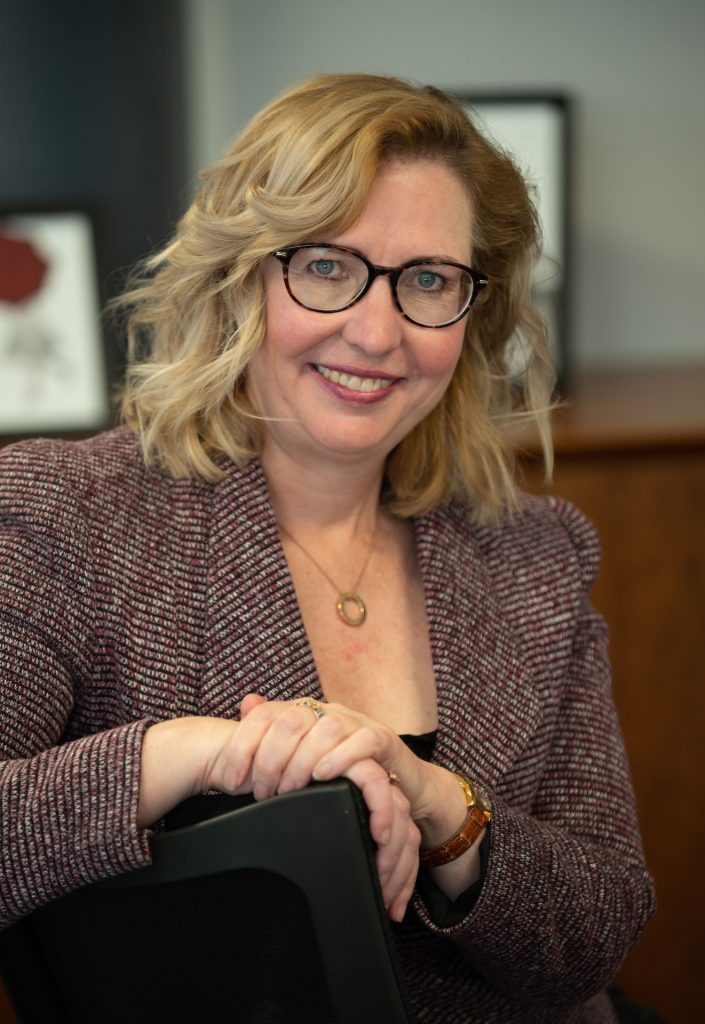
As pilots, our natural instinct is to feel a little squeamish when the regulatory body enters the conversation. The inherent turbulence in the pilot-regulator relationship stems from our desire for freedom to relish in our aviation pursuits. On the flip side, it’s the regulatory body’s job to be diligent in ensuring the safety of everyone in our skies. There’s a silver lining in this regulatory cloud though, when you discover the person leading the charge is actually warm, considerate and genuinely dedicated to her job.
In a recent encounter at the RAAus 40th Anniversary Gala, we had the unique opportunity to witness Pip Spence in action – the strong, dedicated leader at the helm of CASA (Civil Aviation Safety Authority) as well as the kind, down-to-earth woman with a healthy sense of humour. We sat down and had a chat with Pip to hear her backstory and quiz the CEO on some of the hot topics facing recreational aviation regulation right now.
AT THE HELM
Pip traces her journey back to the early 90s when she embarked on a career in the public service. Armed with an economics degree from the University of Tasmania, she joined the Department of Transport & Communications where she immersed herself in aviation analysis. As Pip’s career soared, she took on a number of diverse roles in the public service that exposed her to CASA’s operations and governance, all which would prove invaluable in her future role as CEO. When news broke that former CASA CEO
Shane Carmody had announced his retirement, Pip leapt at the opportunity. Her wide-ranging experience in the sector, coupled with her vision and determination meant she earned the title of first woman CEO of CASA.
“I had talked a lot about what I thought should be done at CASA and where I thought some of the opportunities were. It would also be the first time we had a woman as a CEO, so if I didn’t put my hand up for it, I’d only have myself to blame if it was another bloke that got the job,” said Pip as she reflected on her appointment in May 2021. Pip commenced her role at a time of significant change for the organisation, as the industry battled through the effects of the COVID-19 pandemic.
“Probably the biggest thing for me was taking a step back and looking at the amount of change the organisation was going through. We were introducing a whole new suite of regulations that has fundamentally changed our approach to just about everything that we do in the regulatory space.”
Over the past couple of years, the key challenge for Pip has been striking the right balance between challenging technical perspectives and trusting the expertise of her team, which she acknowledges is something she is still working through. “The other challenge is being clear about your priorities to an organisation, so that when something new comes up, you can balance and juggle things so you are focusing on what you most need to focus on,” she said. Looking ahead to the future, Pip is setting new horizons for CASA and Australian aviation. When describing her vision for the organisation, the words respect, transparency and consistency sprung to mind. “Being in the risk space, our decisions need to be proportionate to the activities that we are regulating. Looking at sports aviation, we’re already on that pathway in which the whole model is designed to be as light-touch as we can be, using self-administrative organisations to the best of our abilities,” she said.
“We make sure [RAAus] know what they are doing and can regulate the day-to-day activities of recreational and sport aviation. I’d really like to see that embedded in the way we operate and make sure that we’ve got the ‘administrative’ bar as low as we possibly can without really impacting the broader safety of the entire aviation community. The more that we can do on a collaborative basis with RAAus, I think the better the outcome is for everyone, so it’s more of a commitment to the way in
which we’ll work with the sector than anything else.”
MOSAIC MATTERS
Our conversation then turned to the topic of MOSAIC (Modernization of Special Airworthiness Certification), the collaboration between CASA and RAAus and how these concepts could be adapted in the Australian market. “We’ve got a team working through what’s in the proposed rulemaking to see what it would look like in an Australian context and we are starting to thinkabout which of the areas would most likely be easy to accommodate here,” she said.
The MOSAIC initiative aims to streamline and simplify the airworthiness certification process to make it more efficient and cost effective, particularly for smaller and lighter aircraft. The initiative has been designed to address the evolving needs and technologies in aviation and to adapt the regulatory framework to suit. This is being led by the FAA (Federal Aviation Administration) in the US; its Australian counterparts are watching things closely.
The FAA has also recently extended the timeframe for consultation on the MOSAIC initiative so we will have to wait patiently for more developments. “It’s been interesting to compare notes with Matt Bouttell and Michael Monck on just what they’re hearing and what they’re doing. Our big thing is trying to be as much in lockstep with what’s happening with the FAA so that we can move quickly to determine our approach once there’s a settled position in the US. It is complex and incredibly wide ranging what’s being considered in the US. It’s exciting, but we’ve just got to make sure that we understand what the consequences of the changes might be. We will keep working with RAAus to make sure we understand the FAA’s thinking when they do get to a final position,” she said.
MORE AIRSPACE
More recently, a discussion paper was released by CASA seeking industry comment on Class C & D airspace access for RAAus aircraft, which would effectively open up more airspace and aerodromes for RAAus members to enjoy (see our news section for details). RAAus has been advocating for this change for many years, so naturally we were keen to press Pip on the subject, including how CASA would expect this new regulation to work and when. When asked if it would likely be similar to a GA-equivalent endorsement, she explained that if you have demonstrated the competency and meet any other required standard to operate in that space, you would be able to operate in
that type of airspace.
“This is a sign that the RAAus space is maturing, and in some ways it’s the logical follow-up to the increase in weight – which hopefully by the end of this year we will
have bedded down. We are just going through the last pieces there.”
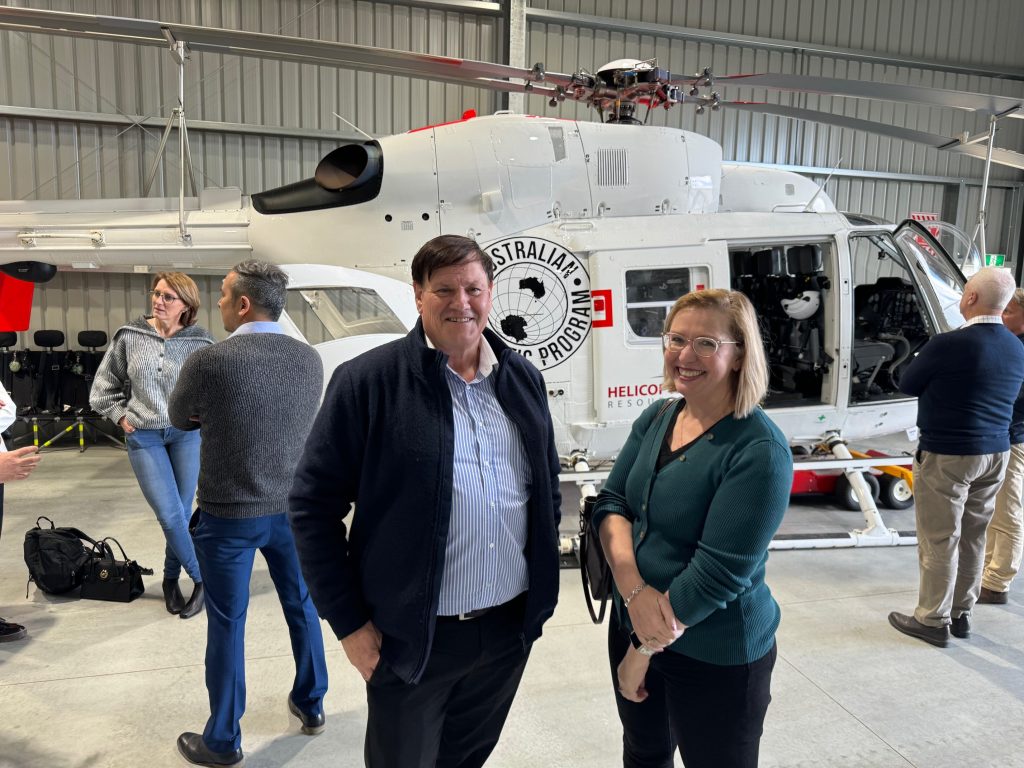
“What I’d like to do is see what feedback comes from the current consultation process, as long as there are no show-stopper issues that are raised. There are already some aerodromes where we have to support RAAus aircraft operating in controlled airspace, so we know it can be done. We think realistically that it’s definitely a towards-the-end-of-next-year issue, by the time we work through all of the steps.”
BEHIND THE CURTAIN
One of the other things that stood out to me during this interview was that beyond Pip’s incredibly busy calendar of commitments, she always leaves time aside for things that are important to her. One of Pip’s greatest priorities is fostering the participation of women in aviation by attending events and ensuring that she is visible to younger generations of women coming through the ranks. She emphasises the need for women to put themselves forward and back their capabilities, as well as support their female colleagues. “The concept of ’You can’t be what you can’t see’ really resonates with me, so making sure that you’re out there is really important. It doesn’t
come naturally to me, I’m quite the introvert… but I think if I don’t do it, we will miss the real opportunity of having a female as the head of this organisation,” said Pip.
She emphasises an attitude of “demonstrating by doing” and not being afraid to put your hand up for new opportunities. “It’s really backing yourself to have a go at things, for speaking up and backing your female colleagues,” she said. Towards the end of the interview, Pip was able to remove her metaphorical CEO hat and tell us about how she balances her busy work schedule with interests outside of work. “I’m really lucky in the organisation that there are some great people, so if you have work dinners with a few of your colleagues, it can actually just feel like a nice evening out. I’m also quite disciplined about making sure I take time out for myself.” Pip’s two adorable Cavoodles, Buffy and Scout, means that she always has a reason to be home at a reasonable hour.
In an industry where safety is paramount, Pip has the right attitude, dedication and vision to help create a brighter future for Australian aviation. We look forward to seeing some of the regulatory discussions come to fruition soon.
